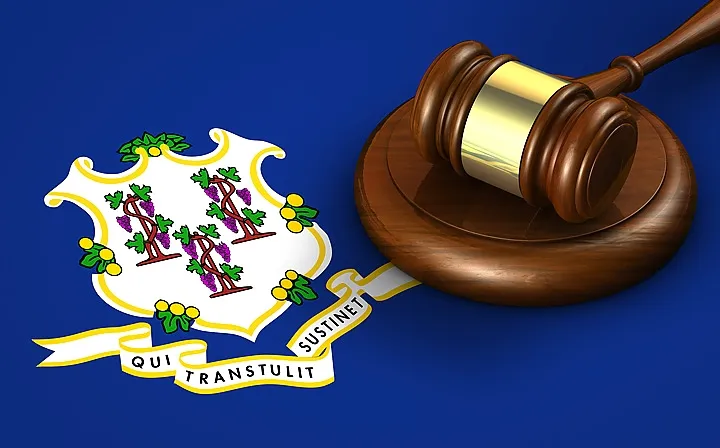Are you a landlord in Connecticut? Need to evict a tenant? Wondering, how much does the eviction process cost? This guide will walk you through the step-by-step eviction process in Connecticut.
From serving notices to filing lawsuits, we’ll cover it all. Learn about reasons for eviction, types of notices, court proceedings, and more.
With the right knowledge, you can protect your rights and ensure a successful eviction. Let’s dive in and explore Connecticut’s eviction notice and process.
Eviction Process in Connecticut
To begin the eviction process in Connecticut, you, as a landlord, must serve a three- or 15-day eviction notice to the tenant. The specific notice period depends on the reason for eviction.
If the tenant violates the lease agreement or fails to pay rent, you can serve a three-day notice. For other reasons, such as causing a public nuisance or holding over after the lease expires, a 15-day notice is required.
As for the cost of the eviction process, it can vary depending on the complexity of the case. Factors to consider include filing fees, lost rent, time, and stress.
For more information on filing fees and guidance on the eviction process, you can refer to handbooks provided by the Connecticut Superior Court or download court forms from the Connecticut Judiciary website.
Reasons for Eviction in Connecticut
There are several reasons for beginning the Connecticut eviction process. These include violating the lease agreement, failing to pay rent, causing a public or serious nuisance, holding over after the lease expires, or refusing to accept a rent increase.
If a tenant violates any terms of the lease agreement, such as subletting without permission or having unauthorized pets, eviction may be necessary. Non-payment of rent is another common reason for eviction, as landlords rely on timely payments to cover expenses.
Tenants who engage in behavior that disturbs the peace, endangers others, or damages property can also face eviction. This ensures a safe and peaceful living environment for all residents.
Additionally, if a tenant remains in the property after the lease expires or refuses to accept a reasonable rent increase, eviction may be pursued. This allows landlords to maintain control over their property and make necessary adjustments to rental rates.
Eviction Notice Options in Connecticut
You have multiple options for eviction notices in Connecticut. Depending on the situation, you can choose between different types of notices to initiate the eviction process.
The first option is a Rent Demand Notice, which gives the tenant three days to either pay the rent or vacate the property.
If the tenant violates the terms of the lease, you can serve them with a Lease Violation Notice, which allows them 15 days to either address the violation or move out.
In cases where the tenant has repeatedly violated the lease, a Repeat Violation Notice can be used, giving the tenant three days to vacate the premises.
Lastly, if the tenant has caused serious nuisances, an Unconditional Notice to Quit can be issued, providing the tenant with three days to leave the property.
Filing an Eviction Lawsuit in Connecticut
To initiate the eviction process in Connecticut, you must file an eviction lawsuit with the court.
You can do this by filing an eviction complaint at the Connecticut Superior Court using the Summary Possession (Eviction) Complaint form.
Make sure to attach a copy of the Notice to Quit to the complaint and submit a copy of the written lease as an Exhibit.
There’s a filing fee of $175 that you’ll need to pay.
Once the court serves the tenant the summons, the tenant has the opportunity to file an appearance and answer.
The judge will issue a judgment and order restitution of the property if necessary.
Court Proceedings and Judgment in Connecticut
Once the eviction hearing is scheduled within eight days, both parties will present their cases to the judge. The judge will then issue a judgment and order restitution of the property if necessary.
During the hearing, the landlord will have the opportunity to present evidence and arguments supporting their claim for eviction. The tenant will also have the chance to present their defense and any counterclaims they may have. It’s important for both parties to come prepared with all necessary documents and witnesses to support their case.
After hearing both sides, the judge will make a decision based on the evidence and arguments presented. If the judge rules in favor of the landlord, they’ll issue a judgment for eviction and order the tenant to vacate the property.
Conclusion
In conclusion, understanding Connecticut’s eviction process is crucial for landlords in order to navigate the legal requirements and protect their rights.
From serving eviction notices to filing a lawsuit, landlords must follow the correct procedures to ensure a successful eviction.
By being knowledgeable about the reasons for eviction, notice options, court proceedings, and the role of state marshals, landlords can effectively handle eviction situations and maintain a smooth rental process.







